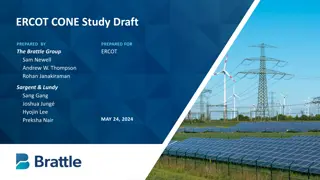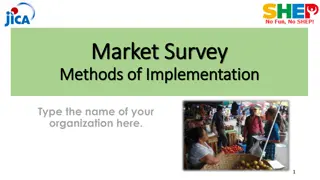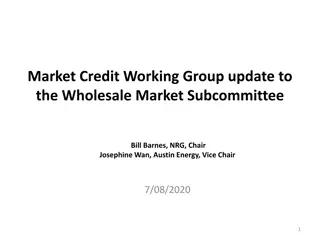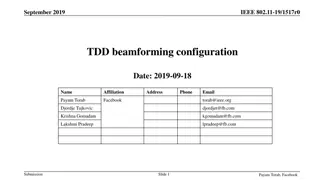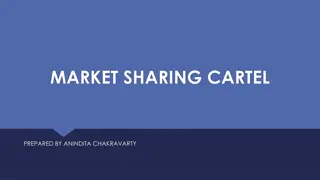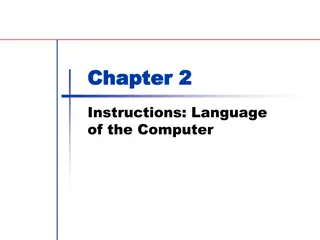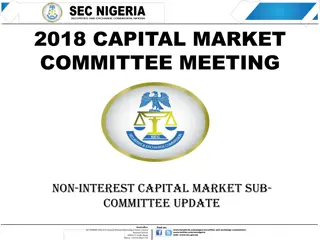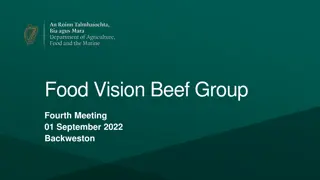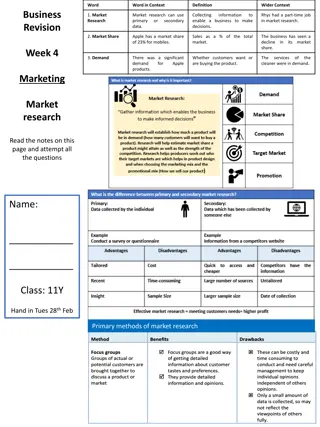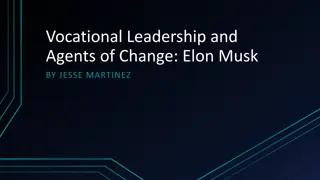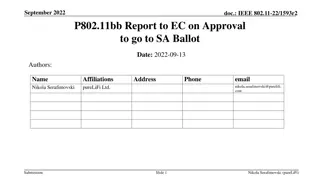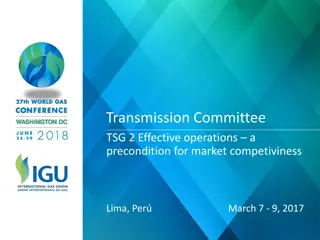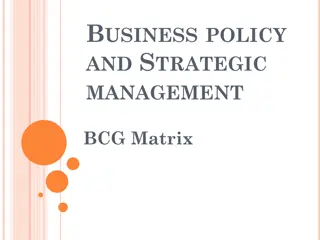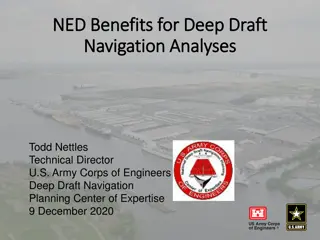
Understanding DSIP Market Operations and Procurement Mechanisms
Explore the key focus questions and thoughts on Distributed Energy Resources (DER) procurement processes, including characteristics of solicitation and procurement, challenges, and considerations for stakeholders. Learn about open enrollment, competitive solicitations, bilateral tariffs, and more in this informative discussion.
Download Presentation

Please find below an Image/Link to download the presentation.
The content on the website is provided AS IS for your information and personal use only. It may not be sold, licensed, or shared on other websites without obtaining consent from the author. If you encounter any issues during the download, it is possible that the publisher has removed the file from their server.
You are allowed to download the files provided on this website for personal or commercial use, subject to the condition that they are used lawfully. All files are the property of their respective owners.
The content on the website is provided AS IS for your information and personal use only. It may not be sold, licensed, or shared on other websites without obtaining consent from the author.
E N D
Presentation Transcript
DSIP Market Operations, Procurement Mechanisms July 13, 2016 Draft for discussion only
Focus Questions What types of NWA DER procurement processes are most important and valuable to Stakeholders? 1 What are the most important characteristics of those solicitation and procurement process for non-wires solutions? 2 What types of standardization in NWA procurement solicitations and contracts would Stakeholders like to see? 3 What are the key business drivers, from Stakeholders perspective, for the types of procurement approaches, standardization, timing and terms? 4 What are the most significant challenges you see associated with NWA DER procurement as we move forward in the REV process? 5 SolarCity Confidential Slide 2 Draft for discussion only
Thoughts on DER Procurement Processes Open Enrollment Competitive Solicitations Bilateral Tariffs Contracts Success in targeted or demo approaches, but too Preferred method of DER providers should be able restrictive for the broader procurement of DER services to approach the DSP with a market non-standard product or Utilities have successful Long lead times and service on an ongoing basis, experience with these (NEM, solicitation style may not lead and not have to wait for open DLC, DR, etc.) to successful responses windows or be restricted to Flexibility in payment/credit materializing into actual designated areas type (rebates, payment for projects availability, payment for As solicitations ramp up, they performance) should be streamlined with Allows DER providers to significantly shortened deploy in the market at their timelines discretion, but operate according to the DSP s needs SolarCity Confidential Slide 3 Draft for discussion only
Characteristics of Solicitation and Procurement Transparency is important for a robust market. Past solicitations have been selectively sent to individual parties rather than being publicly available. Similarly, stakeholder meetings, evaluation timelines, evaluation criteria, and selection methodology has not been clearly and publicly articulated. No barriers to participation Some solicitations have included high entry fees or non-refundable deposits for proposal consideration. Non-refundable administrative fees associated with the solicitation or proposal evaluation should not be borne by the respondent since that may lower developer interest. Technology agnostic and outcome-based To the extent possible, solicitations should seek to identify the specific grid needs and locations, and not impose any arbitrary size or operational requirements with a bias towards any particular technology or customer segment. and have no inherent cost assumptions. This will maximize the diversity of resources that could be proposed. No minimum budget deferral Any minimum capital deferral arbitrarily reduces the opportunity for DERs. Ideally, these solicitations and enrollments would become more operationalized, minimizing the administrative costs of procurement as the process becomes streamlined. SolarCity Confidential Slide 4 Draft for discussion only
Standardization in NWA Procurement Solicitations and Contracts Estimate cost of upgrade Specify grid need Solicit for DERs Conduct BCA Deploy NWA Solicitation standardization Provide data to respondents, including the nature of the grid need, the traditional solution cost, and additional info to support BCA calculation estimate Respondents propose solutions Combine proposed solutions into best portfolio Other issues For open enrollment tariffs, utilities should seek input from providers to standardize and review terms for financing ability. For competitive solicitations, the solicitation, evaluation, selection and implementation process should be standardized in order to allow the utility to run many solicitations at once and to reduce timelines. The utilities should also consider posting opportunities on a single, regularly updated portal in addition to utility websites. SolarCity Confidential Slide 5 Draft for discussion only
Business Drivers and Significant Challenges Business Drivers Ability to finance terms Solicitation and implementation timelines Scale of solution and application Challenges Seen in Procurements (other than those mentioned already) Data availability making system data available unlocks additional opportunities for DER providers Sourcing backlog sourcing mechanisms that are too restrictive or burdensome will reduce the number of NWA opportunities and provider interest Cost assumptions baked into utility procurements needlessly restrict market participation SolarCity Confidential Slide 6 Draft for discussion only
SolarCity Confidential Slide 7 Draft for discussion only




